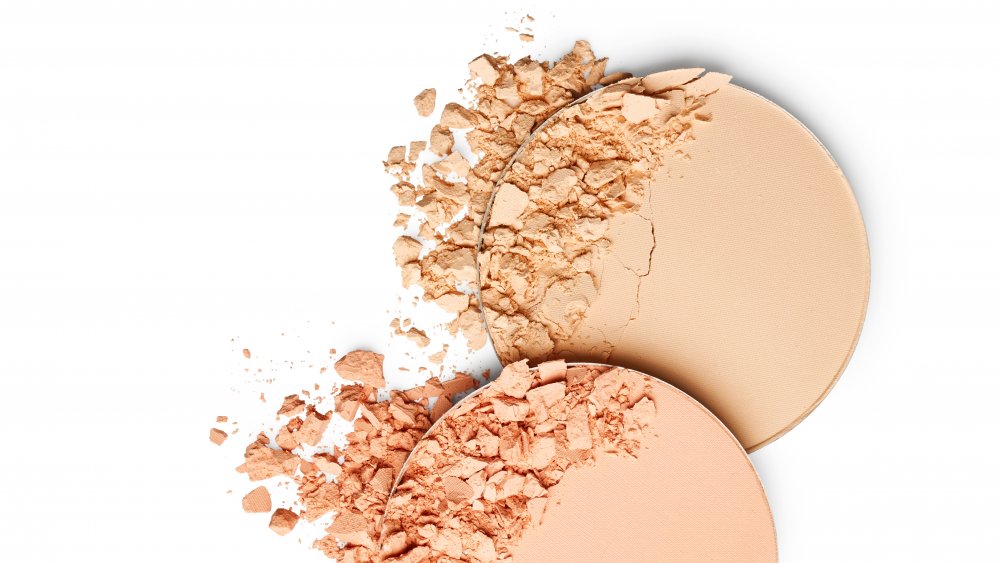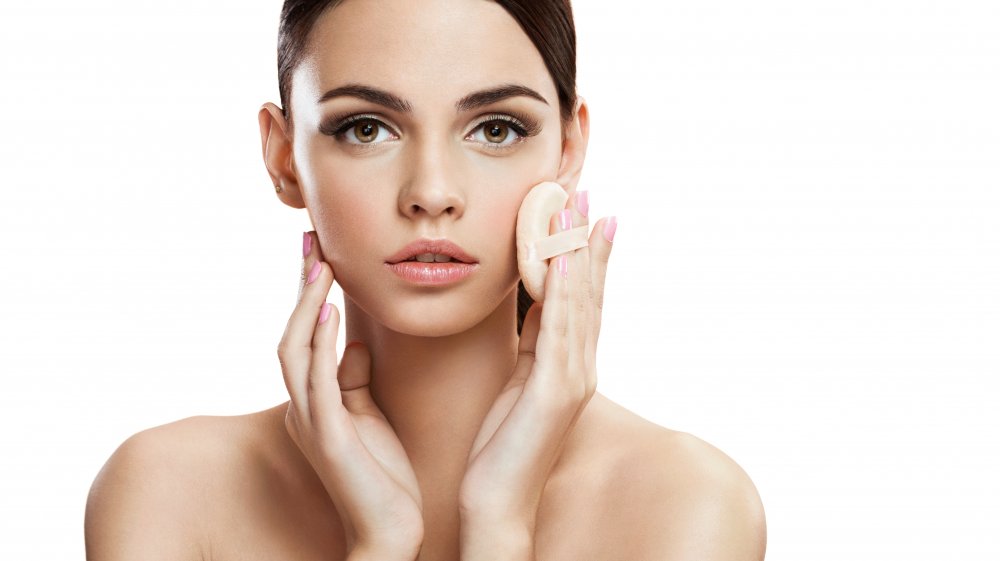The Truth About Face Powders
More often than not, face powder is used to set makeup. However, there are endless numbers of face powders available these days, and it's hard to keep up. From pressed and loose powders to HD powders, finishing and setting powders, tinted powders, and translucent powders, it's not easy deciphering what does what, let alone what is best for your skin type.
According to HelloGiggles, the first thing to understand is the difference between pressed and loose powders. Pressed powder usually contains wax and is better for touching up or blotting skin throughout the day, while loose powder is much finer and better for laying over makeup due to its lightness.
Next, it's important to understand the difference between setting and finishing powder. Setting powder is as it sounds — it's used to set makeup. It can be tinted or clear. Finishing powder, on the other hand, is usually white and is used after setting powder to blur imperfections. Also known as HD powder, think of it as the runway powder — necessary when there's going to be a lot of flashes.
Always apply face powder with a puff
In terms of application, face powder should be applied with a puff. "I teach everyone to apply powder with a buff," celebrity makeup artists Rose-Marie Swift told The Cut. "Powder deposits on top of skin and doesn't blend. When you use a brush and sweep it on the skin, it sits on top of hair, dry skin, and can scratch it." Basically, you want it to sink into the skin.
"Run the puff with powder along the back of your hand to evenly disperse the powder. Apply the powder with small pats and avoid any streaking motions," makeup artist and creative director of StyleBookings.com, Vincent Longo, advised The Cut.
When choosing a face powder to invest in, consider your skin type(s) as well as your wants and needs before committing. Experiment in store and do some research to make sure it looks natural and sits perfectly on the skin.

